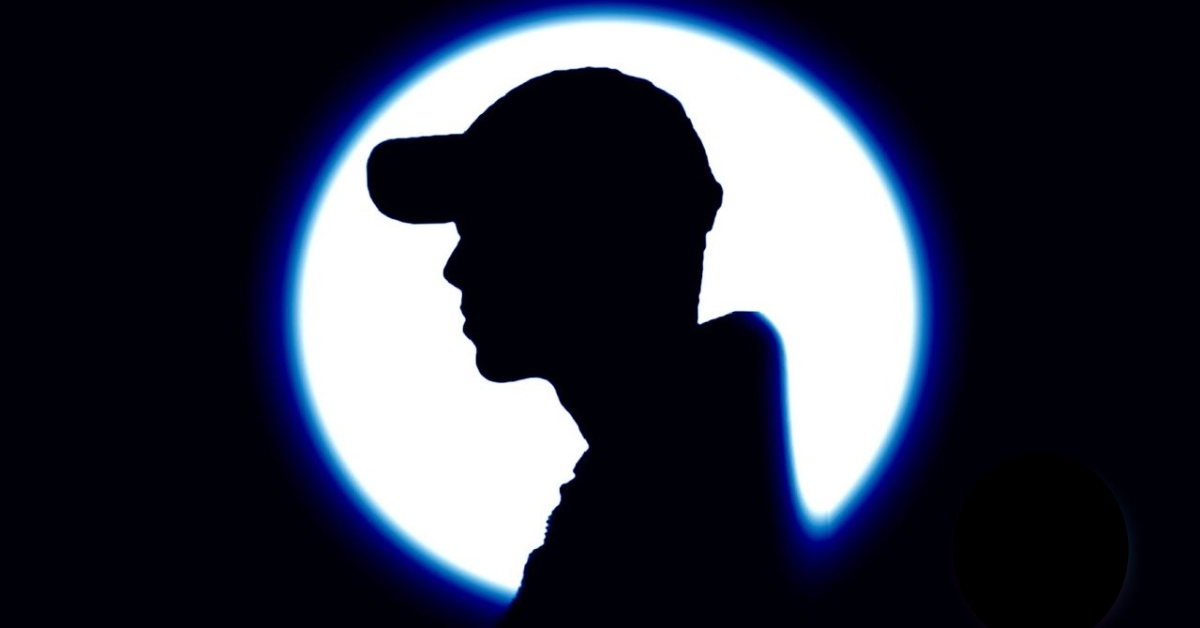In the realm of photo editing, shadows play a pivotal role in enhancing depth, realism, and visual appeal. Skillful manipulation of shadows during photo editing processes empowers photographers and designers to transform images, adding depth, drama, and dimension. This article explores the significance of editing shadows in photography, their applications, and techniques for achieving compelling visual results.
Understanding Photo Editing Shadows
- Role of Shadows in Photo Editing:
- Shadows contribute to defining shapes, creating depth, and setting the mood in images, significantly impacting the overall visual narrative.
- Applications of Edited Shadows:
- Edited shadows are crucial for product photography, portrait retouching, architectural imagery, and digital art, enhancing the visual impact of the subject.
- Customization and Precision:
- Photo editing software offers precise control over shadow adjustments, allowing users to manipulate intensity, direction, and softness for desired effects.
Techniques for Editing Shadows in Photos
- Enhancing Existing Shadows:
- Utilize editing tools to intensify or soften existing shadows, emphasizing textures and contours within the image.
- Creating Realistic Drop Shadows:
- Employ techniques to add drop shadows, mimic natural light sources, and infuse depth to objects or subjects in the photograph.
- Lighting and Exposure Adjustments:
- Fine-tune lighting and exposure to control shadow intensity, ensuring a balanced and realistic portrayal of shadows within the image.
Best Practices for Editing Shadows
- Subtlety and Realism:
- Maintain subtlety in edited shadows to avoid an unnatural or exaggerated appearance, striving for realism that complements the image.
- Consistency and Cohesion:
- Ensure edited shadows align with the overall style and atmosphere of the photograph, maintaining visual cohesion.
- Experimentation and Iteration:
- Experiment with various editing techniques and tools, iterating to achieve the desired shadow effects that enhance the image’s visual impact.
Conclusion
The art of editing shadows in photography is a powerful tool for photographers and designers, allowing them to manipulate visual elements, create depth, and evoke emotions within images. By mastering the techniques and applications of editing shadows, professionals can elevate the impact of their photographs, crafting compelling visual narratives that captivate audiences and convey depth and dimension with precision and finesse. Understanding the nuances of shadow editing, adhering to best practices, and leveraging advanced editing tools empower creators to transform ordinary images into captivating visual masterpieces.
FAQs
Can editing shadows significantly alter the mood of a photograph?
Yes, editing shadows can dramatically impact the mood and atmosphere of a photograph, influencing its overall tone and narrative.
Are there specific photo editing software tools dedicated to shadow adjustments?
Most professional photo editing software, like Adobe Photoshop, GIMP, or Lightroom, offers comprehensive tools for precise shadow editing.
How do edited shadows contribute to portrait photography?
Edited shadows in portrait photography help sculpt facial features, create dimension, and enhance the subject’s presence within the image.
Can editing shadows improve the visual appeal of product photography?
Yes, meticulously edited shadows in product photography add depth, accentuate textures, and contribute to the product’s visual presentation.
This page was last edited on 27 February 2024, at 12:24 pm

Ariona
Eҳcellent points altogether, you simply gained a new reader.
Tasfia Chowdhury Supty
Thank you very much Ariona! Means a lot to us!
Sophee
Wow! I always think that editing shadow is so difficult. But after reading this, now I know how much easy it is.
Tasfia Chowdhury Supty
Hello Sophee. Thanks a lot. Really appreciate it!